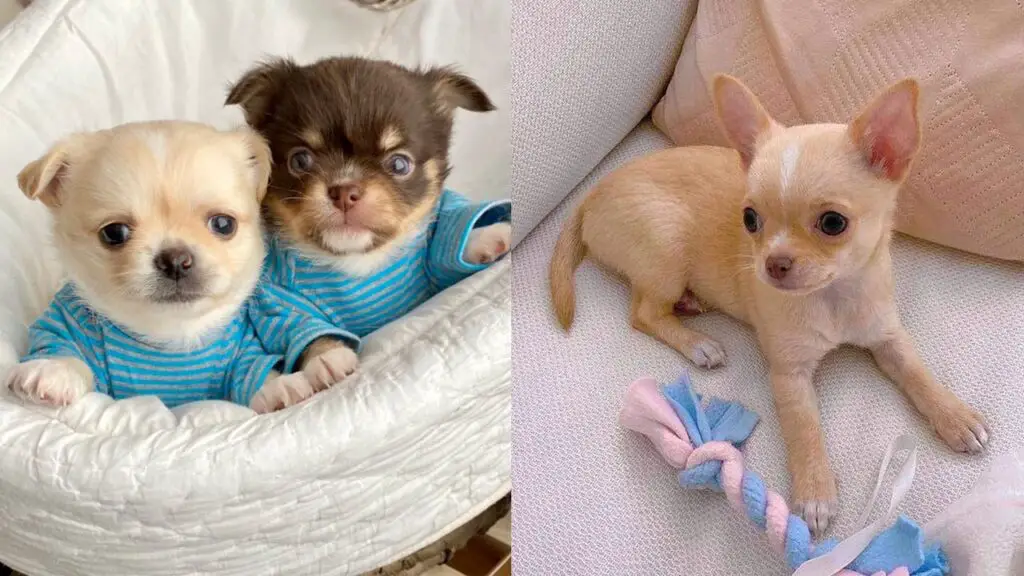
The 7 Types of Chihuahua: Breed Variations and Characteristics
Charlie Broyd
There are seven distinct varieties of Chihuahuas, or toy dogs, distinguished by differences in coat …
Read more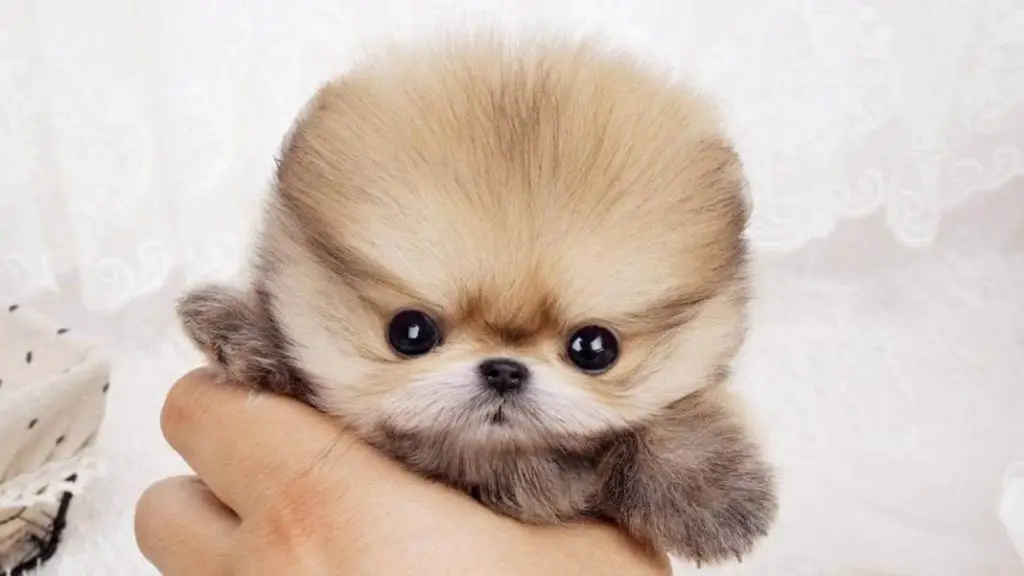
Teacup Pomeranian | Real Truth Behind The Miniature Pomeranians
Paul Conwall
Teacup Pomeranian is a small, active and adorable dog breed. Like any other type of …
Read more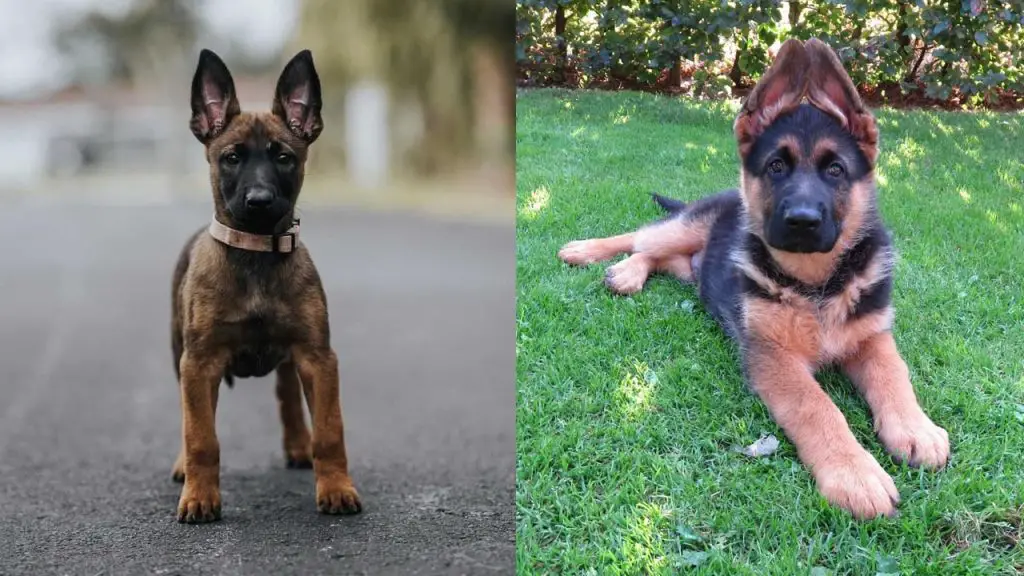
Belgian Malinois vs. German Shepherd: 6 Must-Know Differences
Charlie Broyd
These dogs come in their category, and they’re a force to be reckoned with. While …
Read more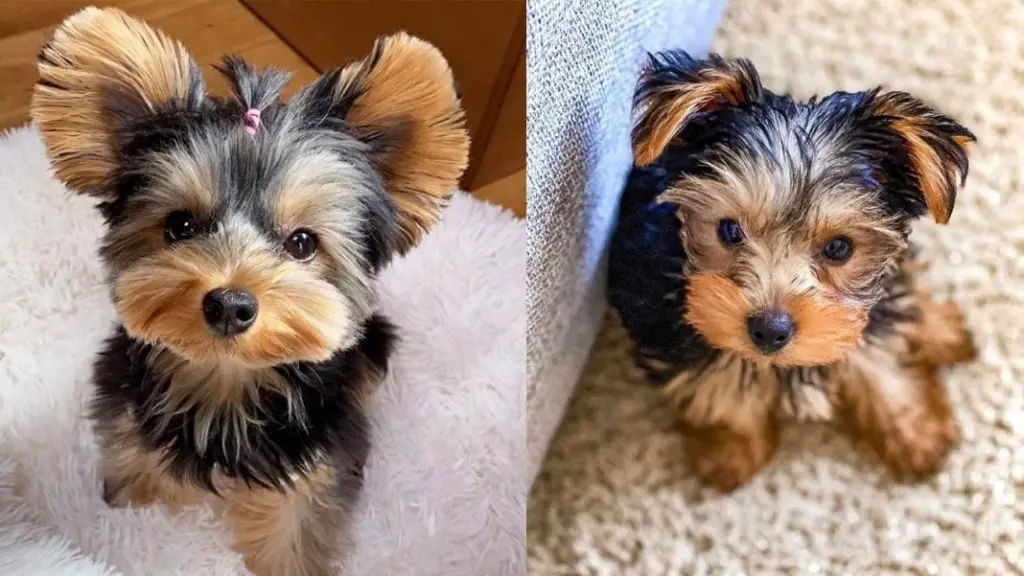
12 Interesting Facts about Miniature Yorkie Dog Breed
Paul Conwall
Searching for a dog breed but don’t know how to get started? Your long search …
Read more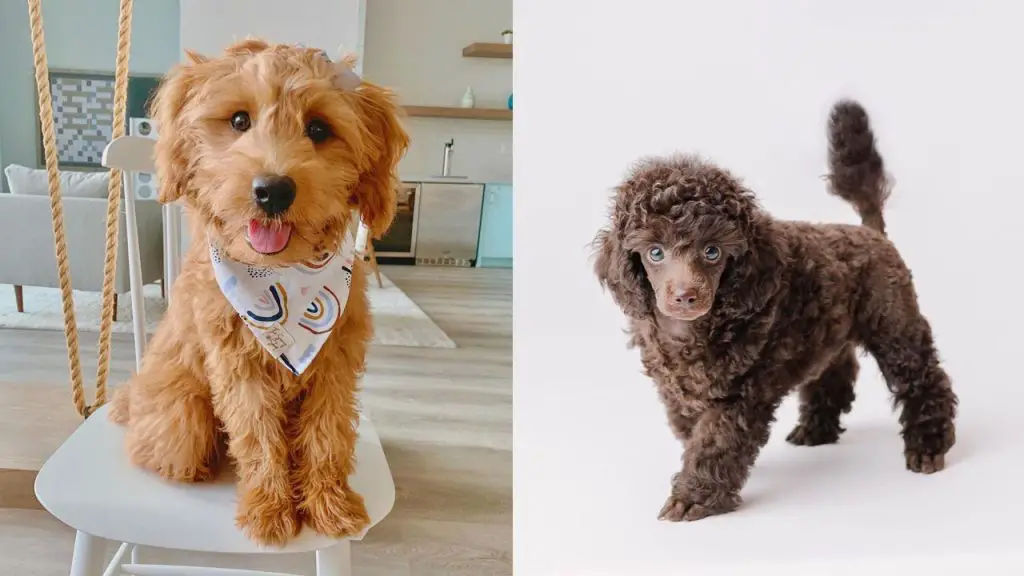
Poodle Vs Goldendoodle: 10 Key Differences and Similarities
Charlie Broyd
When choosing the breed of your next four-legged companion, you will need to take certain …
Read more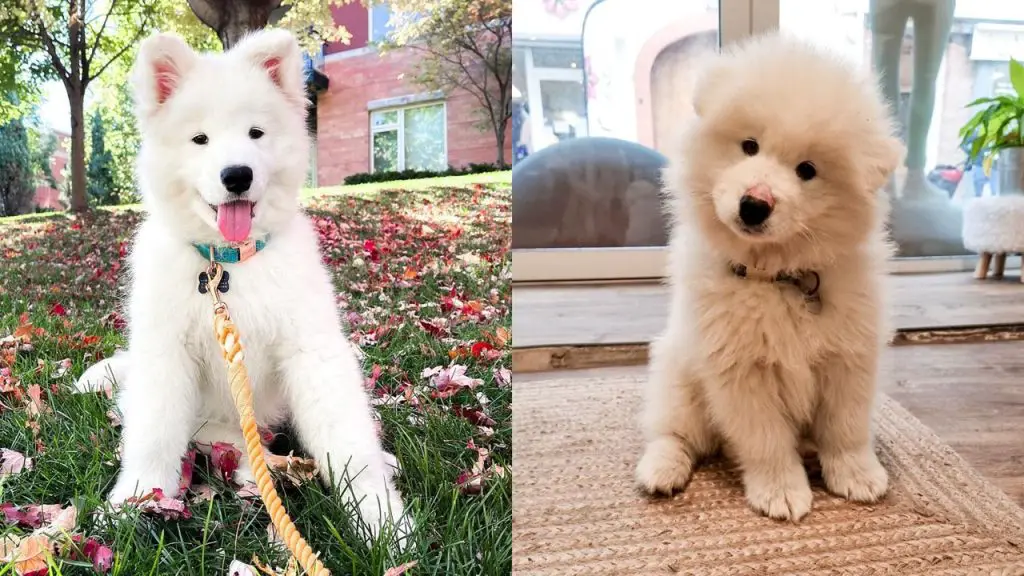
Samoyed Dog Breed | Information, Temperament and Images
Charlie Broyd
Samoyed is a cute medium-sized white coat dog that is adorable. The dog’s white coat …
Read more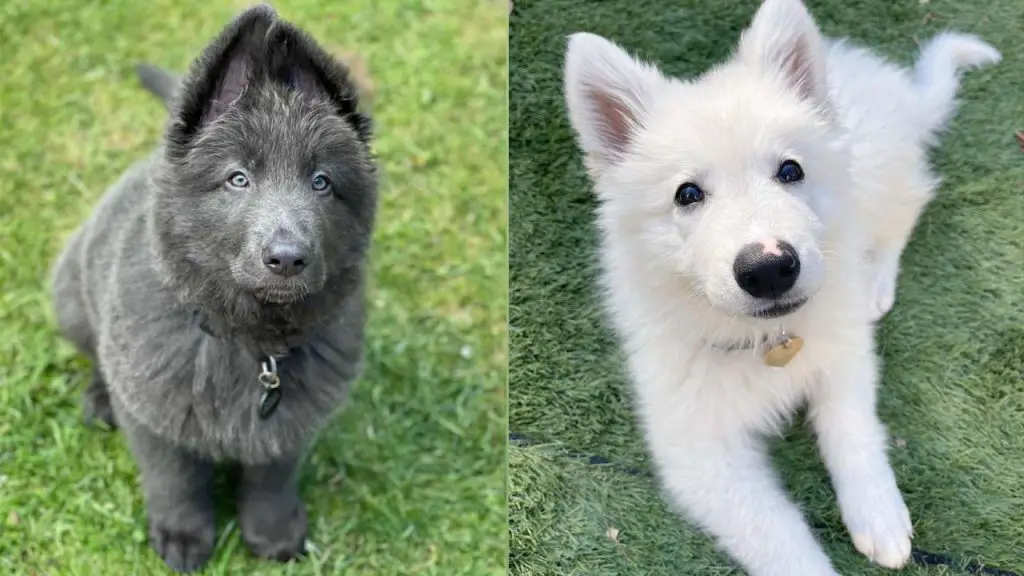
German Shepherd Dog Colors: A Complete List Of All Recognized Coat Colors
Paul Conwall
You finally have decided to adopt a German Shepherd. Good choice! But have you already …
Read more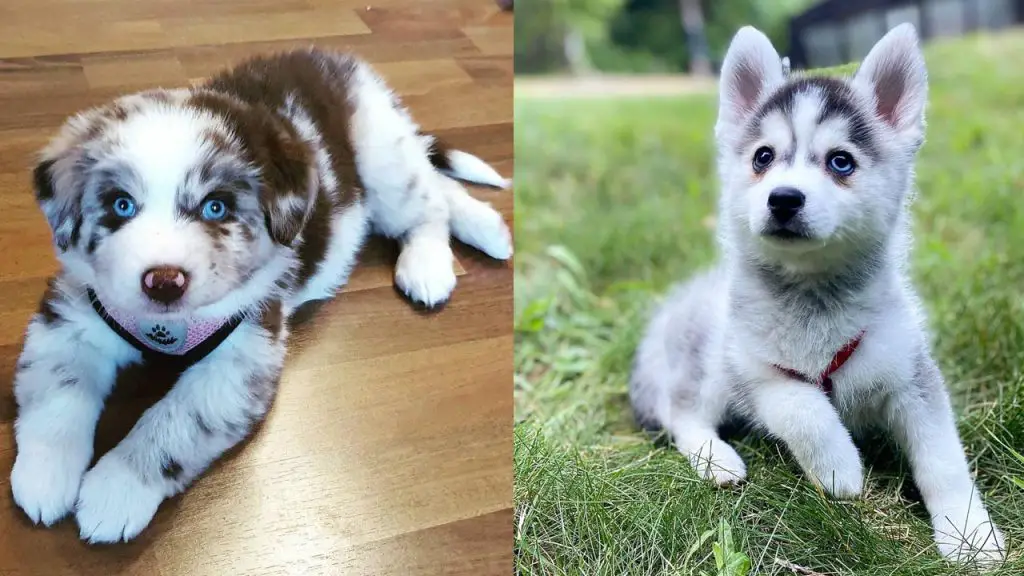
Australian Shepherd vs Siberian Husky: Breed Differences and Similarities
Paul Conwall
Nothing compares to the joy of having a four-pawed friend wagging its tail while waiting …
Read more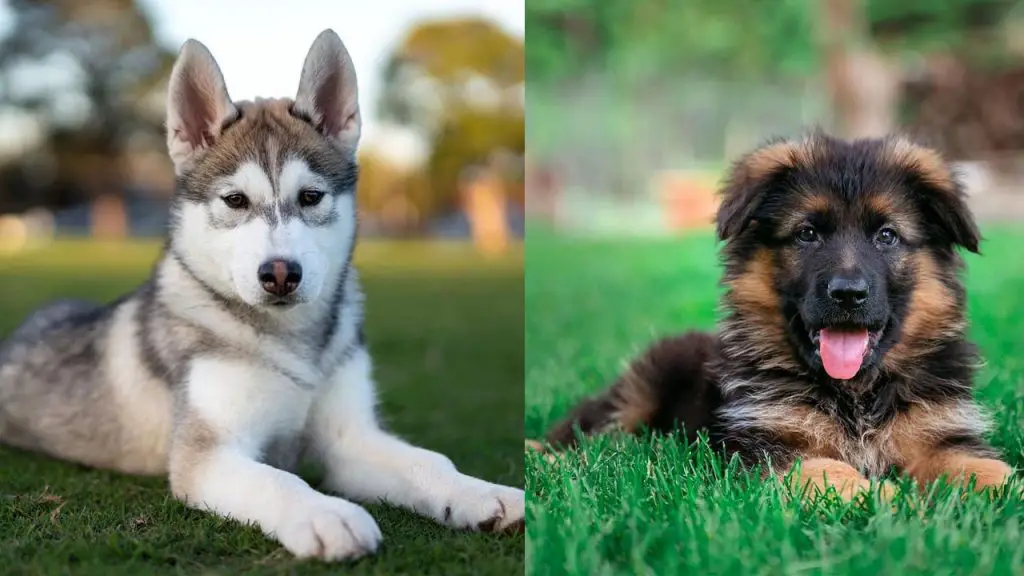
German Shepherd vs. Siberian Husky: Breed Differences & Similarities
Amie Taylor
What is the difference between a German Shepherd and a Siberian Husky? Are they similar …
Read more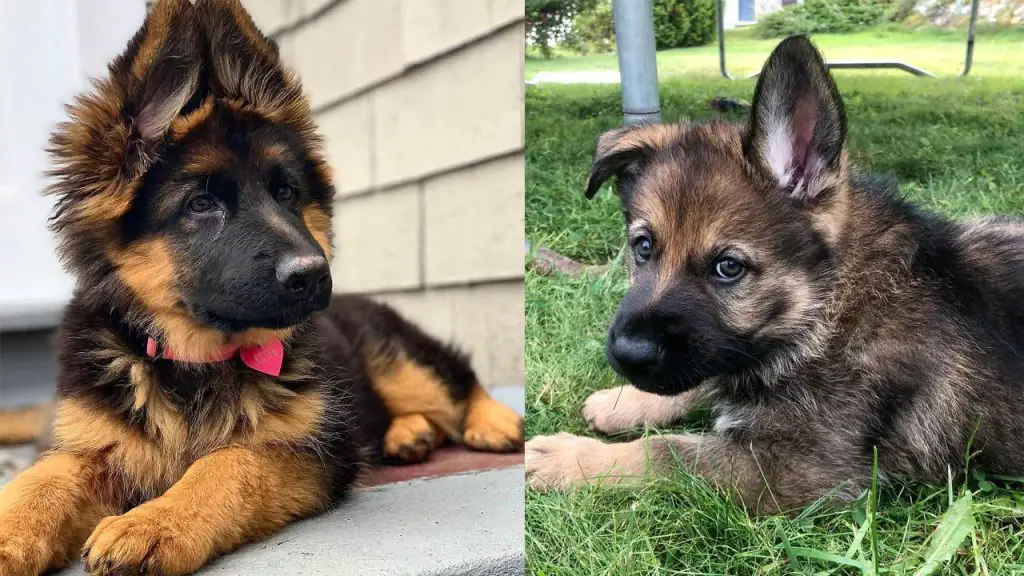
Long Haired German Shepherd vs. Short Haired: 7 Must-Know Differences
Charlie Broyd
German Shepherds are one of the most popular breed in the world and for a …
Read more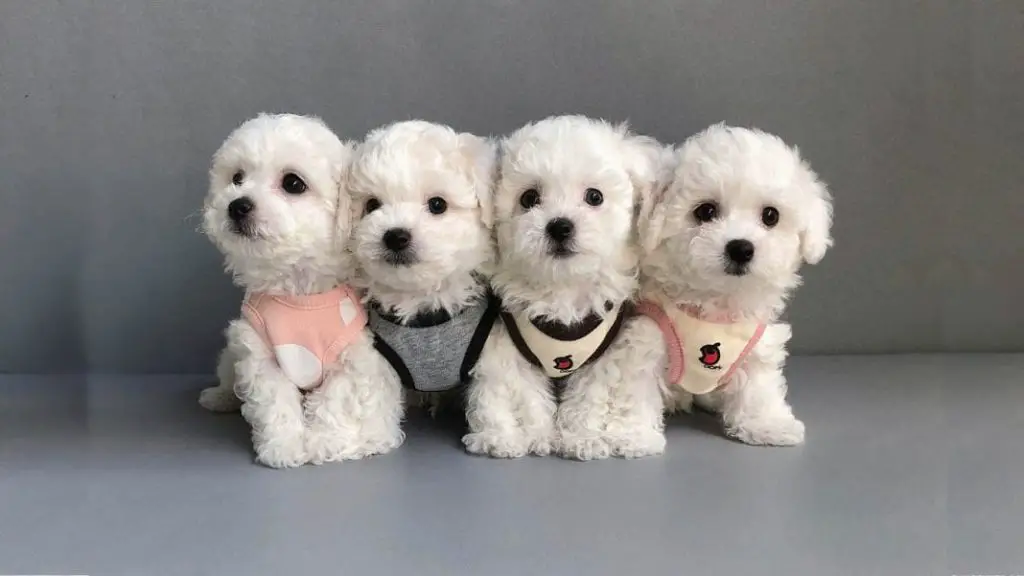
Bichon Frise | 18 Amazing Facts about Bichon Frise Dog Breed
Paul Conwall
Bichon Frise is among the favorite dog breeds of pet lovers. This cute dog has …
Read more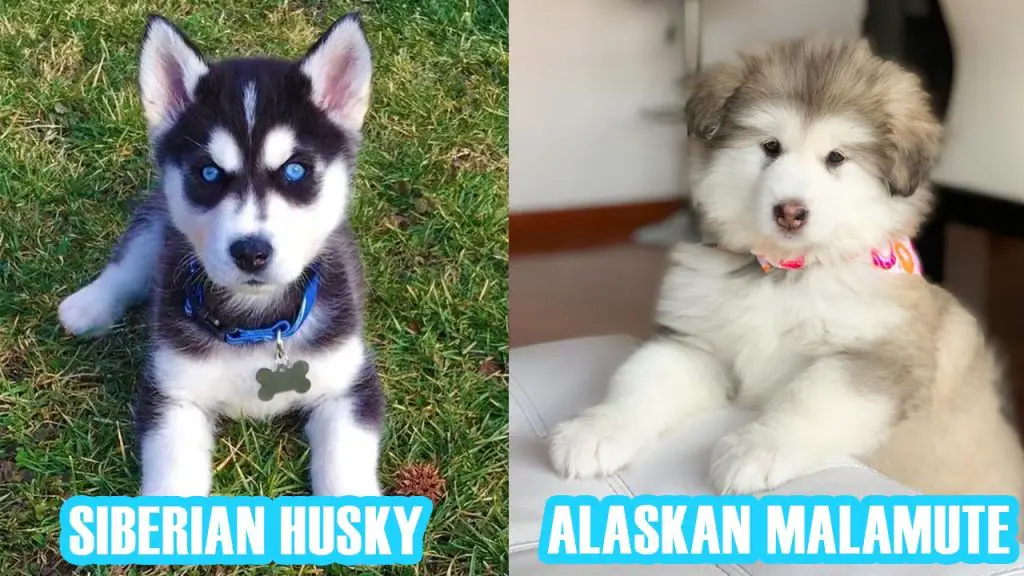
Malamute vs. Husky: 7 Differences and Which is Better?
Charlie Broyd
During this blog post and many others, we will compare and contrast the Malamute and …
Read more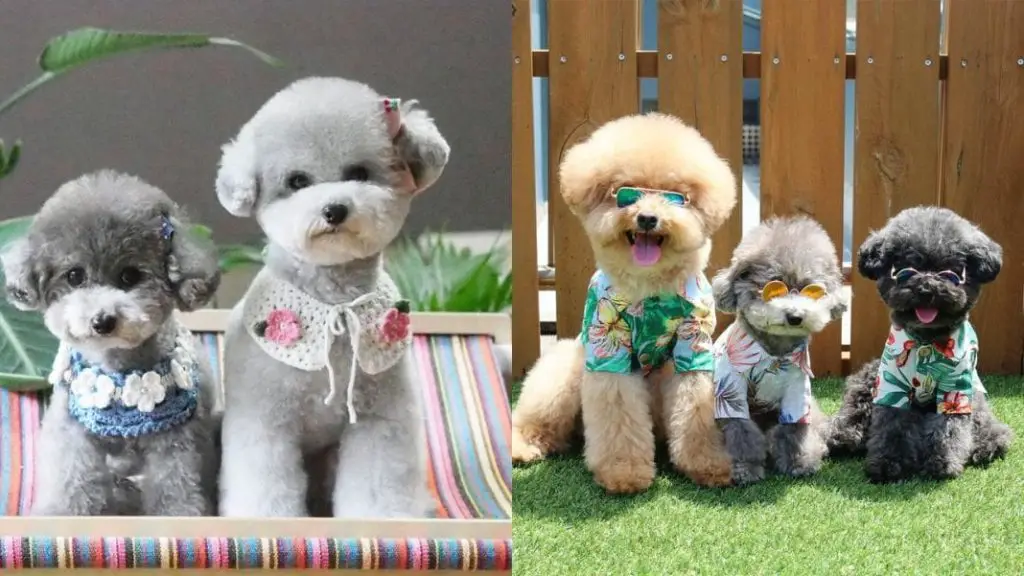
Poodle Haircuts -Top 35 Amazing Poodle Cut Images
Amie Taylor
If you have attended a toy breed dog show before, you must have marveled at …
Read more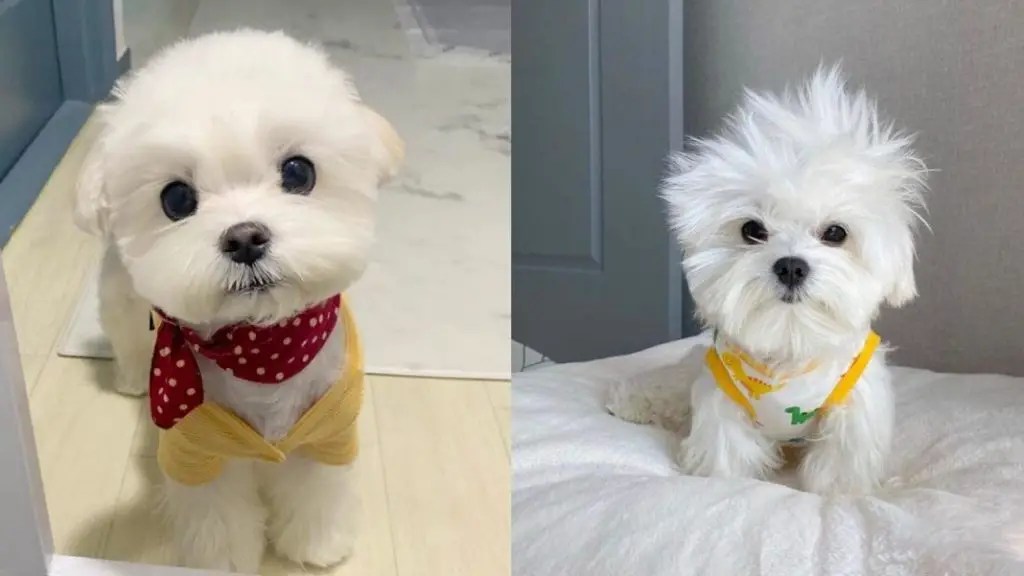
10 Amazing Things About Maltese Dogs – Maltese Facts
Charlie Broyd
Maltese is the most affectionately responsive dog among the diminutive sized breeds. Maltese have been …
Read more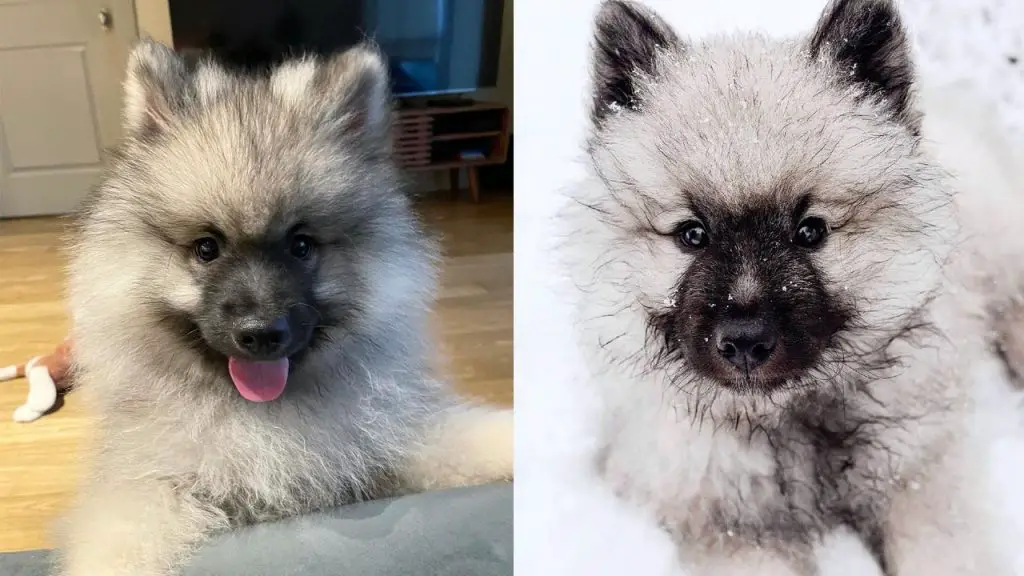
Facts About Keeshond Dog Breed
Paul Conwall
There are many reasons why people like to have pets. If you are a dog …
Read more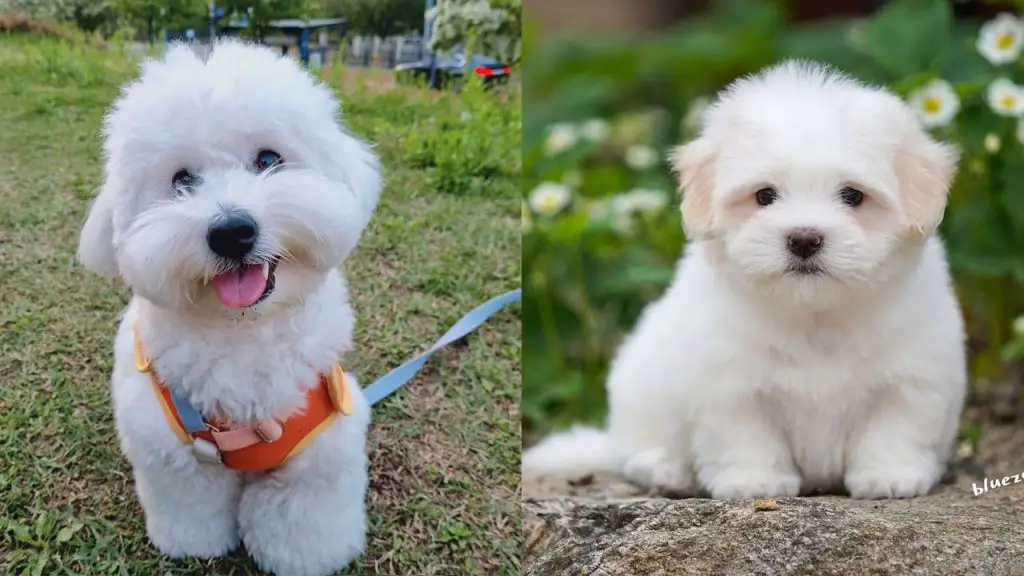
Facts About Coton De Tulear Dog breed
Paul Conwall
Most people who have a dog would agree that the domestic dog is a family …
Read more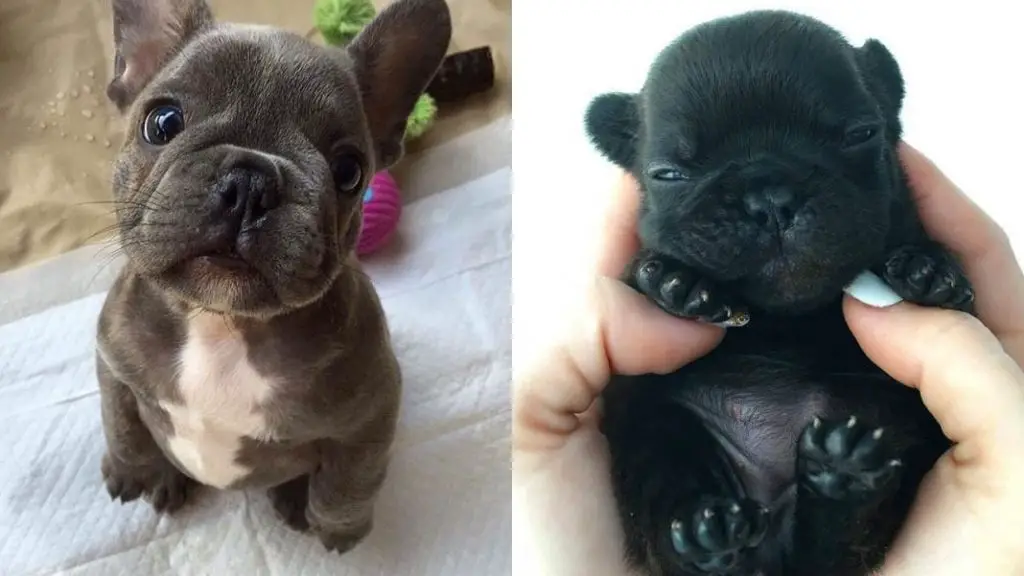
13 Things To Never Say To A French Bulldog | Frenchie Facts
Puppiesclub
A dog is man’s best friend and having a dog as a companion is a …
Read more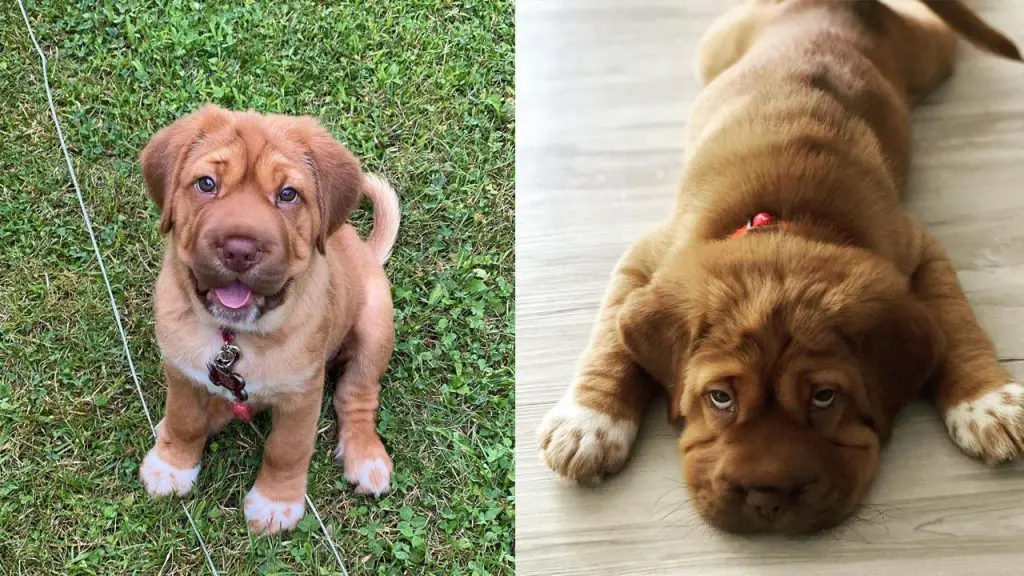
What is a Mini Hippo Dog?
Charlie Broyd
A new dog breed is often created by crossing two existing breeds. Some of these …
Read more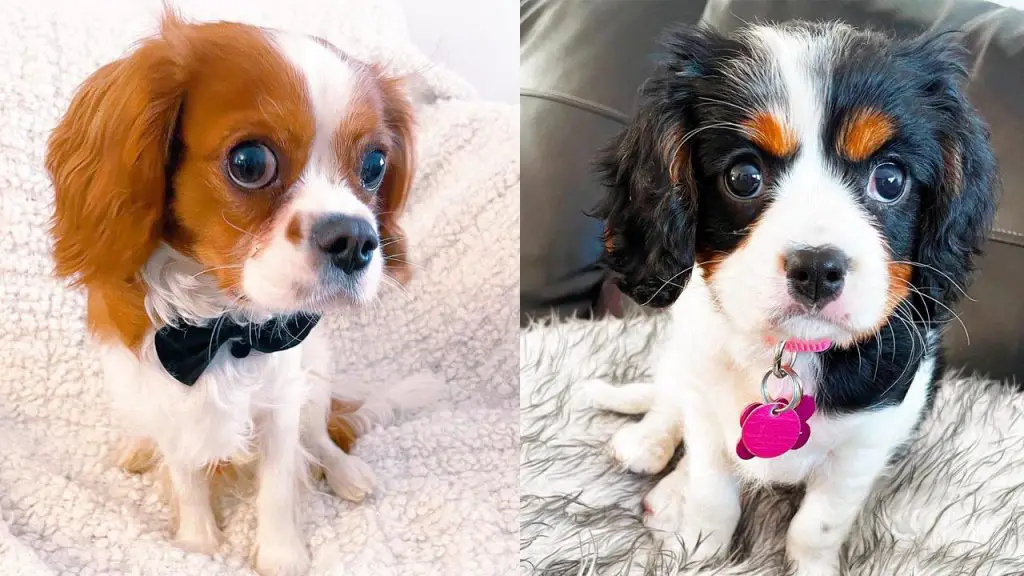
Facts About English Toy Spaniel Dog Breed
Paul Conwall
In England, the English Toy Spaniel dog is known as King Charles Spaniel. These little …
Read more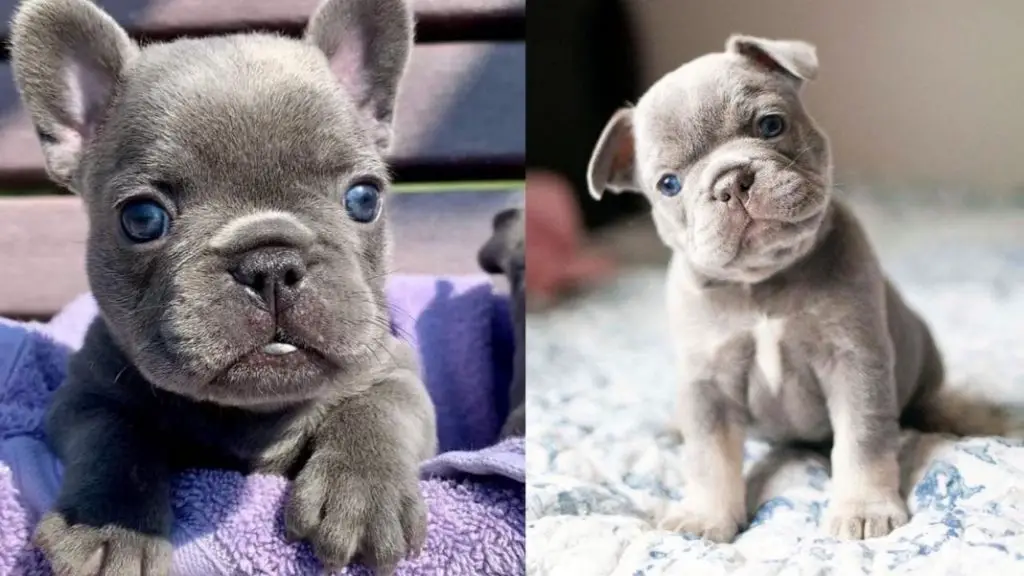
10 Amazing Facts About French Bulldogs
Amie Taylor
French bulldog has a long and famous past, and they are one of the best …
Read more